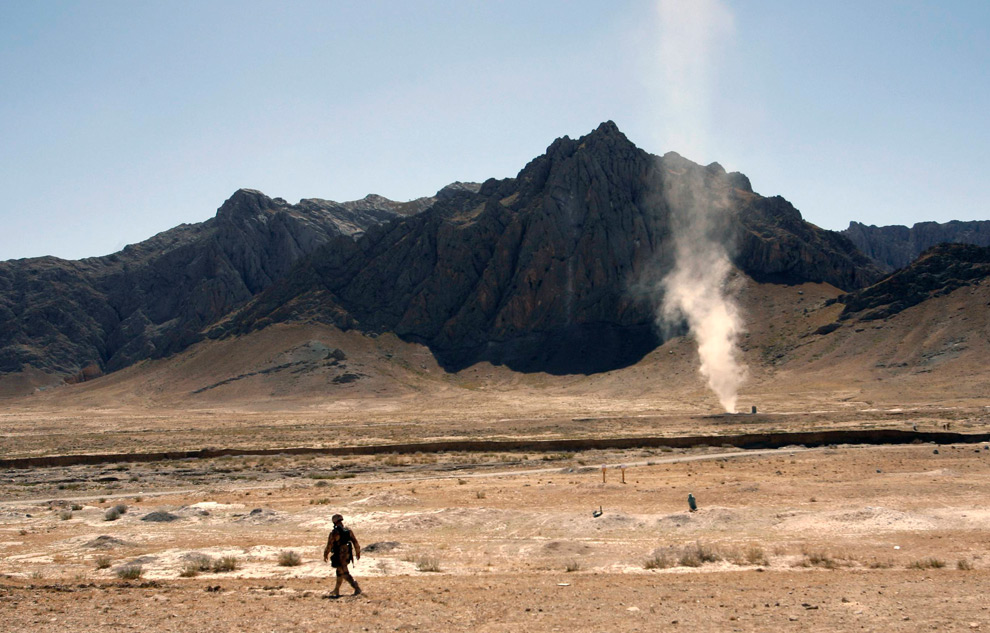We drink 500 billion cups of it every year. Its farming represents the economic livelihood of over 25 million people, the majority of which live in developing countries. Its export industry could fund the provision of safe, clean water to the entire globe, and still have $10 billion to spare. Originally discovered by overly curious Ethiopian goats, it has now become the most widely consumed beverage and second most traded commodity on earth.
Coffee, it turns out, has quite a latte going for it.
Brazil, Vietnam, Colombia, Indonesia, Ethiopia, India, Mexico, Guatemala, Peru, Honduras, Uganda… an overwhelming majority of the world’s largest coffee producing countries are developing ones. Their economies heavily rely upon the international coffee market as a source of national income and export earnings. In Ethiopia, for instance, the bitter-tasting beans generate a staggering 26% of all export revenue. As a result of its high market returns to struggling nations, coffee has become an exceptionally important actor in the global achievement of social and economic development goals.
This role has been further enabled by the booming Fair Trade movement. The rise of public activism promoting ethical sourcing and sustainability has permanently altered consumer values. Individuals increasingly reach for the more expensive Fair Trade products on shop shelves, regardless of external financial pressures. This profound change in consumer mentality even drove a number of coffee producers, including US chain giant Starbucks, into launching multi-million dollar campaigns advertising their “ethical” policies.
Unfortunately, this flourishing, development-friendly coffee industry is today battling a completely unanticipated villain: climate change. Coffee beans are actually taken from coffee berries, a temperamental fruit with specific preferences in terms of climate range, stability and overall altitude. These requirements demarcate coffee production to what is commonly referred to as the “Bean Belt” — an area roughly comprised between the Tropics of Cancer and Capricorn.
As a result of global warming, the Bean Belt has recently witnessed a steady rise in temperatures and mild to severe changes in rainfall patterns. Coffee cherries have started ripening too fast, deteriorating the bean’s quality. In Vietnam, an unexpected dry spell and severe cold have caused coffee production to drop by 8%. In Brazil, the worst drought in decades incurred a 65% increase in this year’s crop prices.
In an effort to combat this phenomenon, some farmers have tried moving plantations to higher altitudes previously considered unsuitable. However, not only are these high altitude lands fewer in number, but their lower oxygen levels slow the ripening process more so than necessary, yielding crops less frequently and therefore less profitably than before.
The gradual increase in temperatures and humidity has also permitted the spread of the infamous coffee rust disease, commonly known as “La roya”. This parasitic fungus infects the leaves of the coffee plant, its trail of yellow spots rapidly progressing to the orange “dust” that gave the disease its name. As the leaves fall off the plant, the foliage area available for energy accumulation and nutrient storage decreases, slowly killing the plant.
At these rates, coffee experts expect a 70% drop in the global production of coffee by 2080. Today’s market-prevalent Arabica coffee bean, being acutely climate sensitive and pest-susceptible, could be extinct as early as 2020.
In the past year, a record amount of crops have been wiped out by the dreaded disease. The social and economic repercussions have made news headlines across the world. In Guatemala, a national emergency was declared as 70% of crops were found infected. Similar contamination levels were then expected in Mexico, where the authorities launched a $2 million crisis assessment campaign. In El Salvador, 74% of plantations succumbed, costing the country over 13,000 jobs. Costa Rica lost 64% of its crops; Nicaragua, 37%; Honduras, a lucky 25%.
Other Asian and African countries weren’t spared either. The combination of droughts and coffee rust lowered Kenya’s output by 23%. A study lead by the UK-based Royal Botanic Gardens observed similarly negative outcomes in parts of Ethiopia and South Sudan. As for Indonesia and India, both are constantly researching preventive measures in order to minimise an imminent catastrophe. At these rates, coffee experts expect a 70% drop in the global production of coffee by 2080. Today’s market-prevalent Arabica coffee bean, being acutely climate sensitive and pest-susceptible, could be extinct as early as 2020.
For now, the Fair Trade movement has well fulfilled its role as a safety net for farmers. Both its minimum price and premium agreements have provided isolation amidst growing market instability. However, the resulting hike in bean prices has lead firms such as the aforementioned Starbucks to ratchet back their purchases. Should the market crisis not soon resolve itself, one could imagine the Fair Trade movement forced to regress under the repeated attacks of powerful multi-national companies. Alternatively, these companies could displace the price burden onto consumers’ wallets.
Obviously, the most ideal solution would have been to wake up and address climate change right from the start — which we didn’t do. Even with a delayed start, actively enabling green technology, improving energy efficiency and penalising poor resource management takes time. The traditional, band-aid use of fungicides has proven pointless. The only solution left, despite its inherent controversy, is genetic modification. The industry is working hard to identify and breed resistant plant varieties, but poor funding might draw out the process to an unaffordable 25 or 30 years.
This is where many believe developed nations should step in. As the biggest consumers of caffeinated drinks, we have an interest in both advertising and investing in research towards the quicker creation of a pest-resistant coffee plant. As reluctant as some maybe to dabble in the ever-lasting debate of GMOs, we have, at this point, truly backed ourselves into a corner. Should we refuse to contribute to the human acceleration of an otherwise completely natural process, we’ll find ourselves paying a much heavier price before you can say “Triple-Venti-Half-Sweet-Non-Fat-Caramel-Macchiato”.





